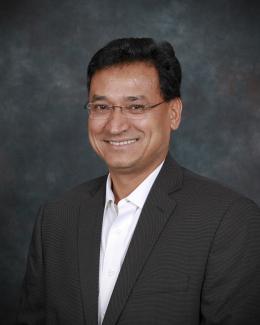Abstract
Commercial buildings consume approximately 1.9 EJ of energy in the United States, 50% of which is for heating, cooling, and lighting applications. It is estimated that windows contribute up to 34% of the energy used for heating and cooling. However, window retrofits are not often undertaken to increase energy efficiency because of the high cost and disruptive nature of window installation. Highly efficient window technologies would also need shading devices for glare prevention and visual comfort. An automated window shading system with an appropriate control strategy is a technology that can reduce energy demand, maintain occupant comfort, and enhance the aesthetics and privacy of the built environment. However, the benefits of the automated shades currently used by the shading industry are not well studied. The topic merits an analysis that will help building owners, designers and engineers, and utilities make informed decisions using knowledge of the impact of this technology on energy consumption, peak demand, daylighting, and occupant comfort. This study uses integrated daylight and whole-building energy simulation to evaluate the performance of various control strategies that the shading industry uses in commercial office buildings. The analysis was performed for three different vintages of medium office buildings at six different locations in United States. The results obtained show the control strategies enabled cooling energy savings of up to 40% using exterior shading, and lighting energy savings of up to 25%. The control strategies described can help building engineers and researchers explore different control methods used to control shading in actual buildings but rarely discussed in the literature. This information will give researchers the opportunity to investigate potential improvements in current technologies and their performance.



